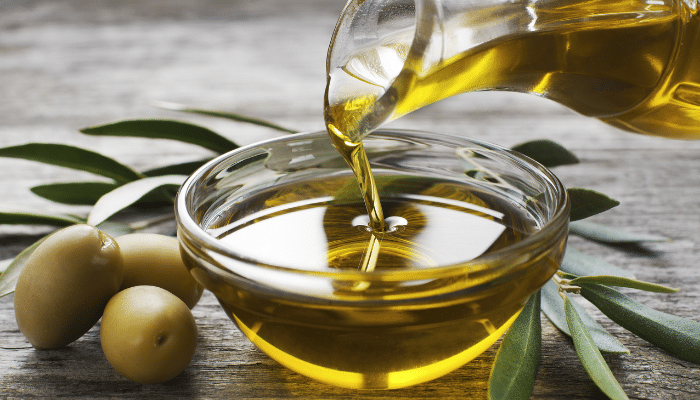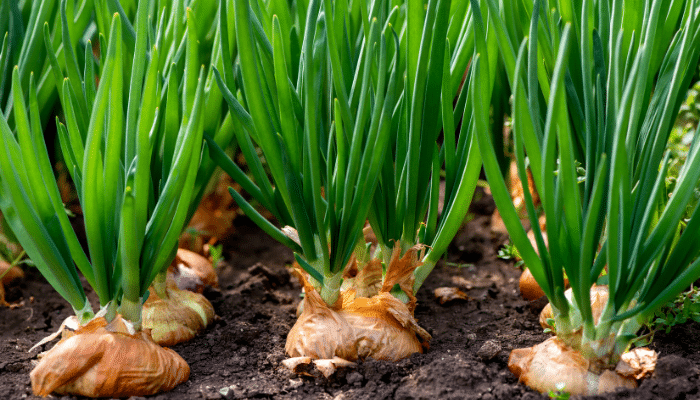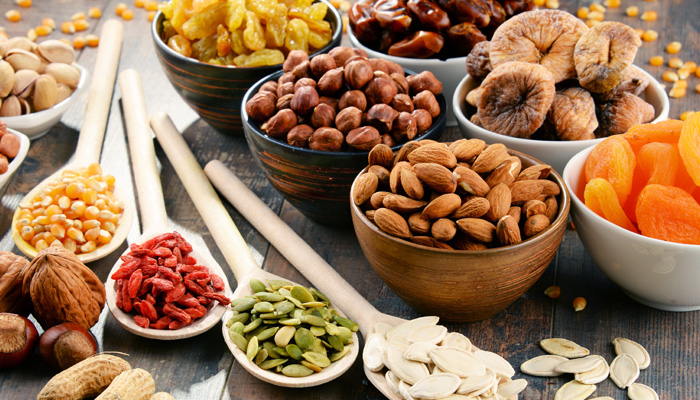
Article réservé aux abonnés


The European Food Fraud Network has just published its 2019 annual report.
Fraudulent activities impacting the food chain can pose a risk to the consumer.
The number of requests for administrative assistance on suspicion of food fraud increased from 234 in 2018 to 292 in 2019.
Below is the number of suspected fraud by type of product:
- Oils and fats: 44, with olive oil being the most notified.
- Fish and fish products: 42
- Meat and meat products (excluding poultry): 38
- Fruits and Vegetables: 28
- Poultry and poultry products: 16
- Herbs and Spices : 12
- Cereals and derivatives: 11
- Alcoholic beverages: 10
- Nuts, seeds and derived products: 10
- Other products : 12
Five types of non-conformities were listed:
- 47% concerning erroneous labelling with, in particular, the mention BIO on products with pesticide residues.
- 20% concerning replacement / dilution / addition / withdrawal in the product: meat products in which beef has been replaced by pork or horse, but also olive leaves in oregano, saffron cut with stamen fibres of another species and the presence of cheap rice in basmati rice.
- 16% on the treatment and/or process not approved: Unauthorised pesticides, tuna treated with nitrite or carbon monoxide used to improve the colour of the product.
- 15% on non-conformities on documents: absence or falsification of documents
- 2% on the violation of intellectual property rights: frauds on Geographical Indications, PDO, PGI often on wines or olive oil.
Adulteration is therefore the second most common cause of fraud with 20% of cases.
Phytocontrol can bring you solutions to authenticate your products.
The laboratory is able to offer 3 types




